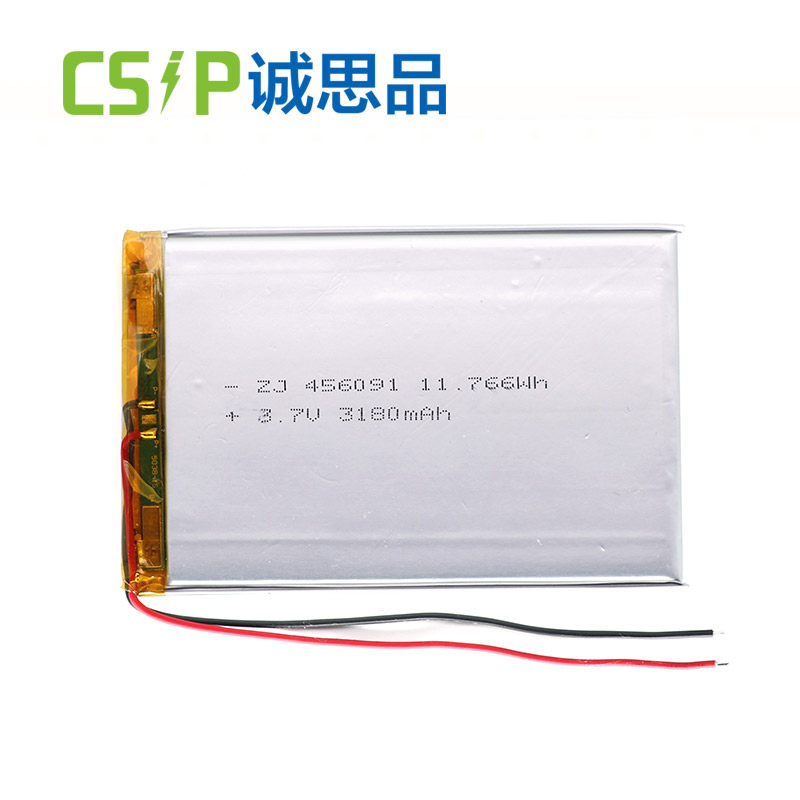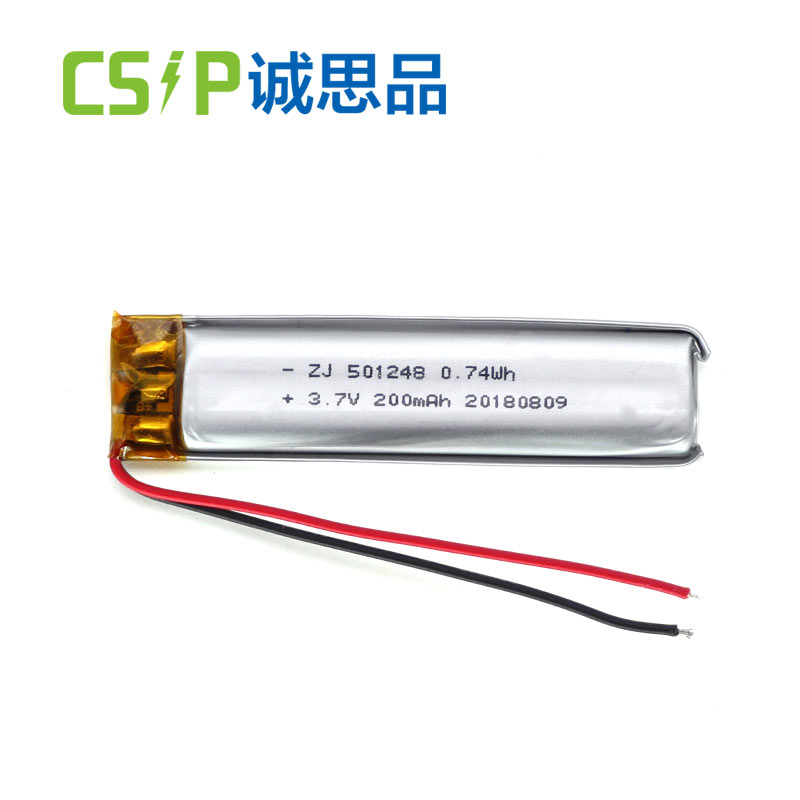Comparison of rechargeable batteries
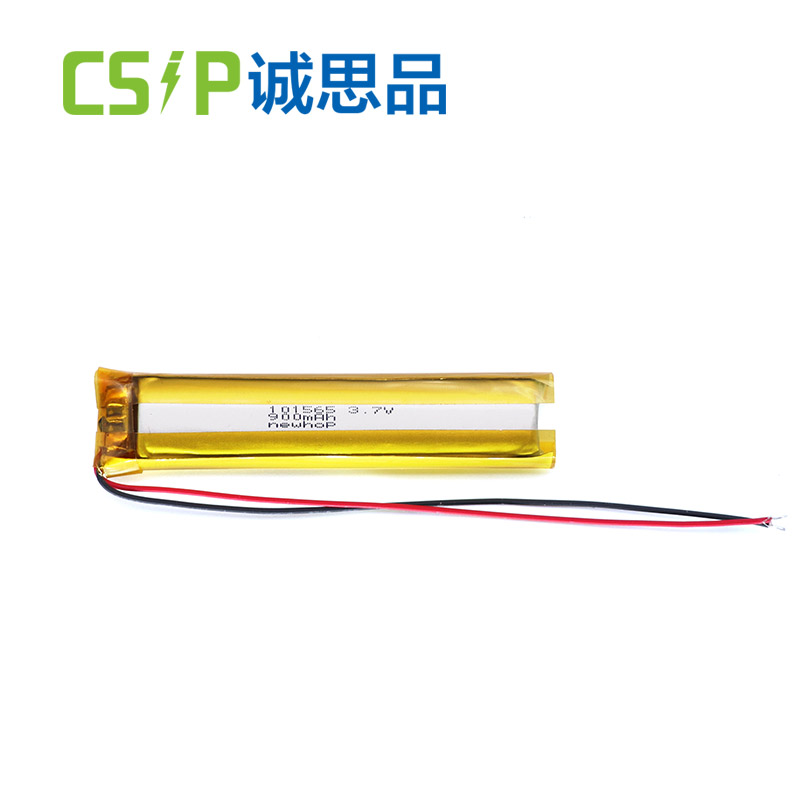
There are three common rechargeable batteries lead-acid batteries, nickel-cadmium-nickel-hydrogen batteries, lithium-ion batteries. We compare these three types of batteries, first look at the voltage, obviously, the voltage of lithium batteries is lesser than the other two, especially in electric vehicles, power tools and other battery products that bear high voltage, lithium batteries will prevail, at least the series and resemblant connection of the battery doesn't need so much. The energy by weight rate is understood as the unit weight of the battery who's advanced, obviously lithium-ion batteries are several times advanced than the other two, the same volume of the case, lithium- ion batteries are also nearly ten times advanced. The lithium-ion battery is doubly as important as other batteries. And lithium- ion batteries have no memory effect. NiCd batteries do. The memory effect means that if they aren't discharged fairly, the battery will flash back the quantum discharged and won't be completely charged when it's time to recharge. This is a major disadvantage. The tone- discharge rate of NiCd batteries is indeed worse, with a third of them being discharged every month. In terms of environmental characteristics, lithium- ion batteries don't contain environmentally contaminating essence similar as lead, mercury and cadmium, whereas lead- acid and nickel- cadmium batteries are contaminating.
Lithium- ion batteries are about three times more precious than lead- acid batteries, and the battery cost of the Tesla MODEL S is$,360, compared to the$,070 dealing price, as far as the battery cost accounts for the price of the auto. You should know that this$,360 is the purchase price of Tesla's battery cost, if you put away the gains from the trade of the MODEL S P85, that battery accounts for at least 50 of the manufacturing cost of the MODEL S, or indeed more. The battery accounts for further than 50 of the manufacturing cost of the MODELS. still, the current force of products in the lithium battery assiduity exceeds demand, there's a situation of exaggerated prices, the state also began to introduce programs, I believe that the battery price down, battery energy replication will be briskly.
Netizens also say they don't want to use lithium battery electric buses , because lead- acid battery buses are cheaper, not to mention the threat of explosion. numerous part of the cost of lithium buses are also used to cover the safety of the battery.
Alternate, the basics of lithium batteries
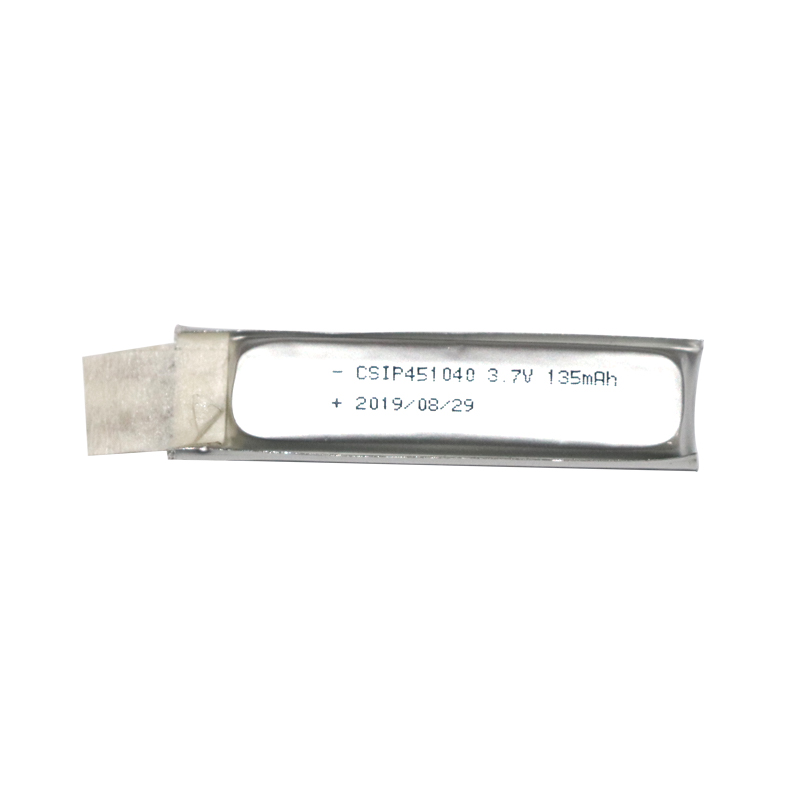
1. Concept
Lithium batteries generally include lithium essence batteries( common similar as lithium button batteries) and lithium- ion batteries( also known as lithium batteries), lithium essence batteries are perished
essence form of lithium, and small, so he's not rechargeable batteries, we don't introduce him. Lithium-ion batteries include liquid lithium- ion batteries and polymer lithium- ion batteries, liquid lithium- ion batteries are our common 18650- like batteries, which are liquid electrolyte. Lithium polymer batteries are solid or colloidal electrolytes.
Because the packaging material used in polymer lithium- ion batteries is principally aluminium- plastic film( soft pack), the packaging material used in liquid lithium- ion batteries is metal sword or aluminium case. thus, there's a misconception in the request that soft pack lithium batteries are lithium polymer batteries, in fact, utmost domestic manufacturers still produce soft pack batteries with liquid electrolytes, and don't belong to the lithium polymer batteries, not numerous manufacturers really do lithium polymer batteries.
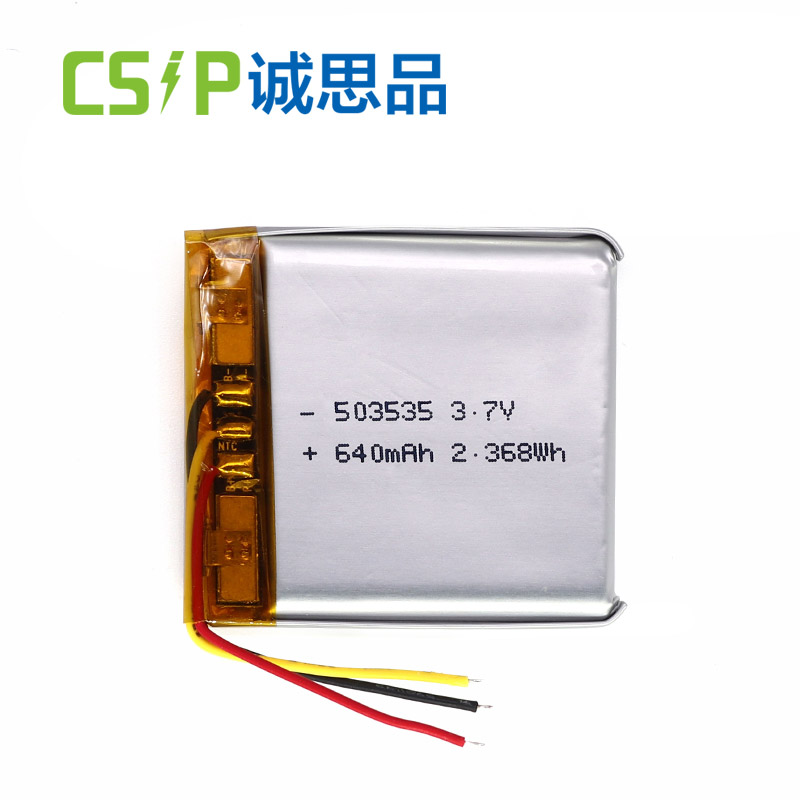
2. Lithium-ion battery composition
Lithium-ion battery with carbon material as the negative electrode, with a emulsion containing lithium as the positive electrode, there's no lithium essence present, only lithium ions, which is a lithium- ion battery. Lithium ion battery is the general term for a battery with lithium ion bedded in a emulsion as the positive material. The charging and discharging process of lithium ion batteries is the embedding andde-embedding process of lithium ions. The embedding andde-embedding of lithium ions is accompanied by the embedding andde-embedding of electron coequals of lithium ions( customarily expressed as embedding orde-embedding for the positive electrode and insertion orde-insertion for the negative electrode). During the charging and discharging process, the lithium ions are beddedde-embedded and fitted /de-inserted back and forth between the positive and negative electrodes in what's imaginatively appertained to as a" rocking president battery".

3. Working principle of lithium-ion battery structure
Charging process.
A power force charges the battery, at which time the electrons on the positive electrode e run from the external circuit to the negative electrode, positive lithium ions Li from the positive electrode" jump" into the electrolyte," crawl" through the small twisted hole in the diaphragm," swimming The positive Li ion Li" jumps" from the positive electrode into the electrolyte," crawls" through the twisted holes in the diaphragm," swims" and reaches the negative electrode, where it combines with the electrons that have long run over.
Battery discharge process.
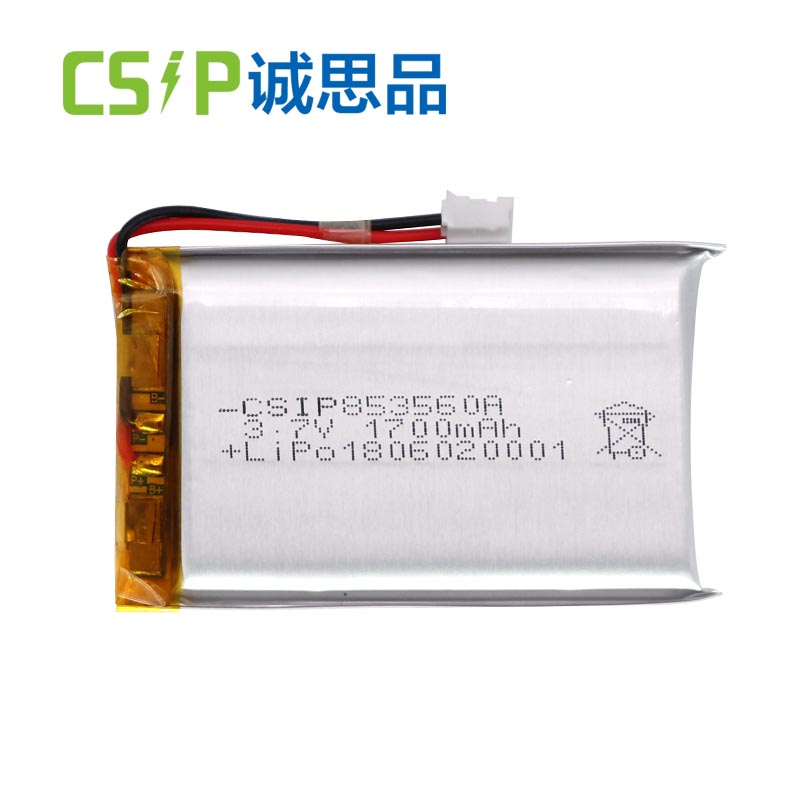
The electrons on the negative electrode can not run from the negative to the positive electrode and the battery won't discharge. Both electrons and Li act at the same time, in the same direction but on different paths. When discharging, the electrons run from the negative electrode through the electron captain to the positive electrode, while the lithium ion Li" jumps" from the negative electrode into the electrolyte," crawls" through the small, twisted holes in the diaphragm and" swims" to the positive electrode. It" swims" to the positive electrode, where it joins the electrons that have formerly come through.
4. Polymer cells versus liquid cells.
1) No battery leakage, no liquid electrolyte inside the battery, use of gel solid. Polymer batteries use a subcaste of aluminium- plastic film on the outside and a subcaste of high-temperature tenacious tape recording on the outside. Polymer lithium-ion batteries, because they use a gel electrolyte, don't produce large quantities of gas due to boiling liquid, therefore barring the possibility of violent explosions. The biggest safety concern set up with polymers is leakage of liquid, short circuiting, performing in a rising pack, or in the worst case, combustion, producing a fire, but no explosion.
2) Can be made into thin batteries with a capacity that can be as thin as. Batteries can be designed in numerous shapes. As polymer batteries can be any size, there's no standard shape and they're generally labelled as length * range * consistence. The polymer is the size that determines the capacity.
Forecourt lithium-ion battery cells generally expressed in six integers, indicating the consistence, range and height of the battery in millimetres,e.g. 103450 i.e. 10( consistence) × 34( range) × 50( height)mm.However, the consistence should be *, e, if the consistence value is lesser than the rangevalue.g. 433861 i.e.( 43 *) × 38 × 61 mm.

3) The battery can be bent and misshaped polymer batteries can be bent up to about 900.
4) The capacity will be double that of a lithium ion battery of the same size.
5) General 18650 battery capacity can achieve about 2200mAh, so the energy viscosity is about 500Wh/ L, while the energy viscosity of polymer battery can be close to 600Wh/ L at this stage of mass product.
6) 18650 battery is spherical with liquid outside, because of the battery design and accoutrements , 18650 is suitable for high current, so nearly all laptops and electric buses are designed with 18650 batteries; digital cameras need high voltage and instant high current because of flash charging and discharging, so they can only use 18650 analogous batteries; Li- polymer batteries use different design and accoutrements because The performance isn't as good as the 18650 spherical battery when discharging at high current, so bias that need large capacity and small volume of electricity generally use Li- polymer batteries, the most typical performance is mobile phones, tablet computers and other bias.
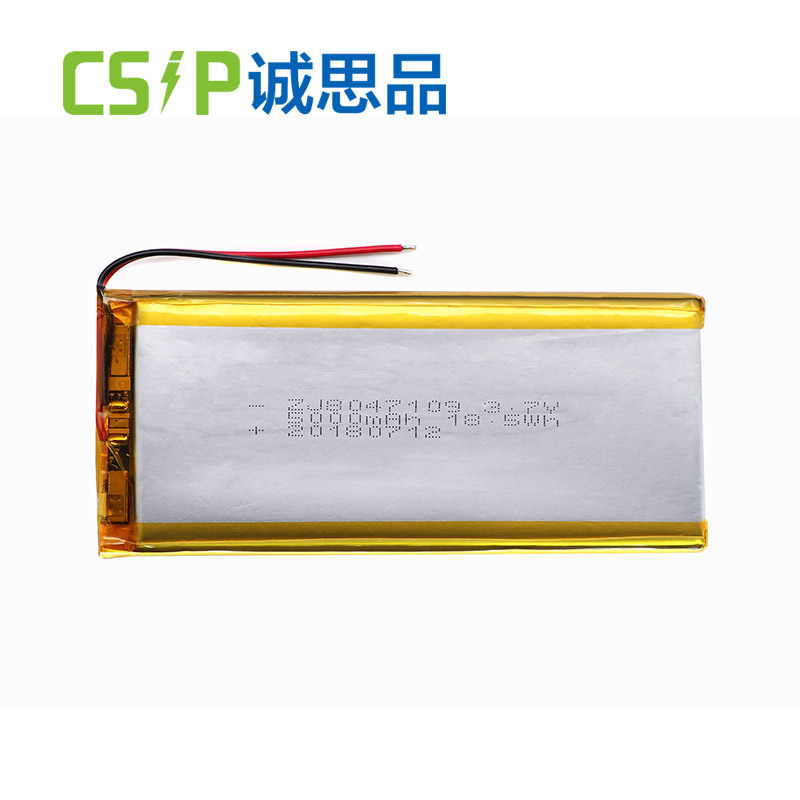
7) Lower price The transnational price of 18650 is about 1USD/ pcs, which is about 3RMB/ Ah according to 2Ah, while the price of polymer lithium battery is 4RMB/ Ah for low- end cabin plant, 5
7RMB/ Ah formid-end, and 7RMB/ Ah or further formid-end. The price of a polymer lithium battery is 4RMB/ Ah for a low- end cabin plant, 5- 7RMB/ Ah for amid-range one and 7RMB/ Ah for a high- end bone
5. Different lithium mixes have different dates
Lithium manganate is about 300 times, lithium cobaltate is about 500 times, lithium ferrous phosphate is about 2000 times. Lithium cobaltate( LCO) has been the mainstream cathode material for high- end mobile device lithium batteries. Driven by the strong demand of Apple IPhone and IPad, the periodic product of LCO has been steadily adding in recent times and still ranks grandly in the top of the cathode material.


 Home
Home CSIP
CSIP  Mar 09,2023
Mar 09,2023 
 Reasons Why Li-Polymer Batteries Are More Expensive Than Regular Lithium Batteries-CSIP
Reasons Why Li-Polymer Batteries Are More Expensive Than Regular Lithium Batteries-CSIP 
 Feb 25,2023
Feb 25,2023 
